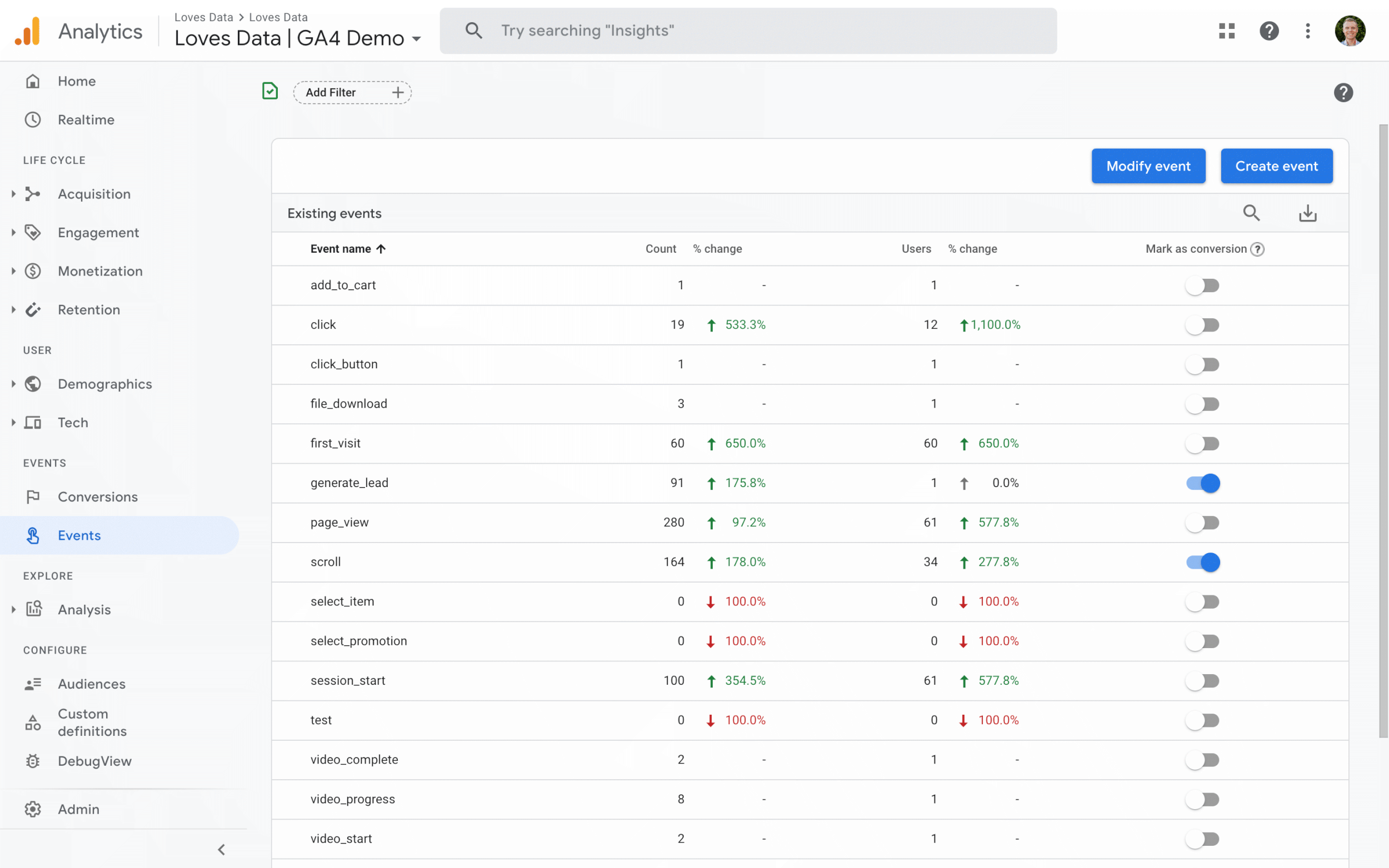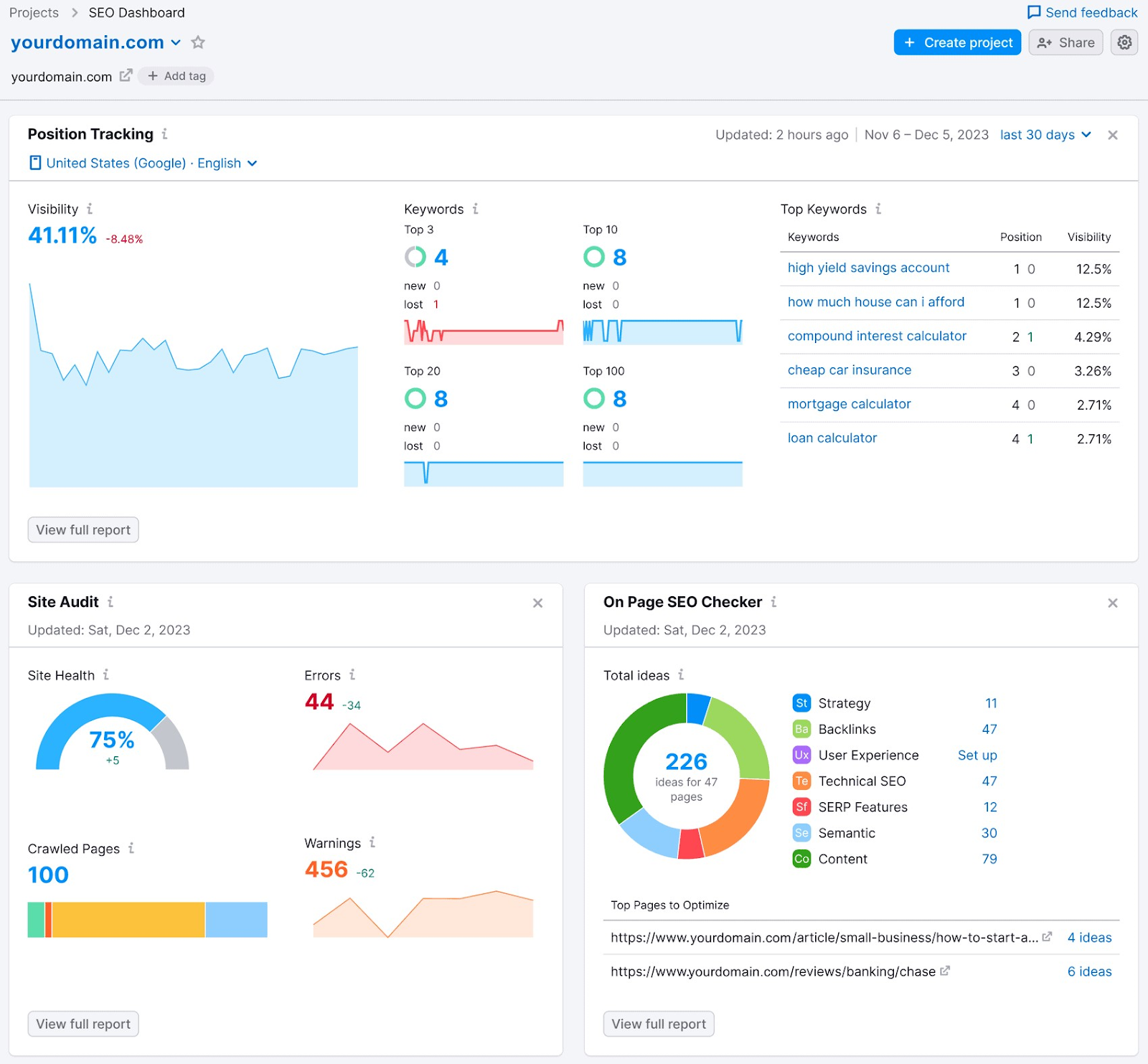Master Internet Site Insights With Accurate Google Analytics Monitoring Code
The reliable utilization of Google Analytics depends upon the precise implementation of its monitoring code, a basic action usually forgotten by internet site proprietors. This relatively easy JavaScript snippet, when correctly placed, comes to be the backbone of data collection, supplying insights into customer actions and site efficiency. However, obstacles can emerge during arrangement, potentially skewing the data and resulting in mistaken decisions. Recognizing these details is necessary for taking full advantage of the benefits of analytics. What are the usual challenges that could weaken your monitoring initiatives, and how can you ensure precision in your technique?
Recognizing Google Analytics Essentials
Google Analytics is a crucial tool for website owners and marketers, offering indispensable insights right into individual actions and site performance. At its core, Google Analytics gathers information concerning visitors to a web site, allowing individuals to assess metrics such as traffic sources, customer engagement, and conversion prices. Comprehending these principles is crucial for enhancing a web site's effectiveness and enhancing individual experience.
The system utilizes cookies to track communications, recording information such as web page views, session periods, and bounce rates. This info is aggregated and provided with customizable control panels, making it possible for users to visualize patterns over time. Key performance indicators (KPIs) can be checked, such as the total number of users, new versus returning visitors, and the geographic distribution of the audience.
Furthermore, Google Analytics uses division functions, enabling individuals to separate certain website traffic resources or customer demographics for more targeted evaluation. By understanding these fundamental aspects, site owners can make informed choices concerning web content strategy, advertising and marketing campaigns, and overall website renovations. Inevitably, understanding Google Analytics essentials is essential for leveraging information to drive growth and attain business purposes effectively.
Establishing Your Tracking Code

Duplicate the offered monitoring code and paste it right into the HTML of your website. This guarantees that the tracking code tons prior to any other web content, enabling it to capture information precisely.
After setup, validate that the tracking code is working properly by utilizing Google Tag Assistant or the Real-Time records in Google Analytics - when does the google analytics tracking code send an event hit to analytics?. This step is necessary to confirm that your data collection is precise and energetic, setting the structure for informative analysis
Usual Tracking Code Issues
Many website owners experience usual issues with their Google Analytics tracking code that can hinder information collection and analysis. One widespread problem is improper installment. This might occur when the tracking code is put in the wrong area of the site's HTML, often causing absent or incomplete data. Additionally, having several circumstances of the tracking code on a single web page can result in inflated metrics, as individual communications could be counted greater than as soon as.
Another problem occurs from using advertisement blockers, which can avoid the tracking code from executing completely, therefore skewing that site information. when does the google analytics tracking code send an event hit to analytics?. Furthermore, failing to configure filters appropriately can bring about the exemption of important traffic sources or the addition of undesirable recommendation spam, distorting the information accumulated
Web site owners might also overlook the significance of tracking code updates, especially when migrating to Google Analytics 4 (GA4) from Universal Analytics. Finally, inadequate testing prior to introducing modifications can lead to unnoticed errors in the monitoring code, even more making complex information dependability. Resolving these common issues is crucial for ensuring precise monitoring and informative analytics.
Studying Web Site Data Effectively
Precise information collection is only the very first step in leveraging Google Analytics; the real value hinges on efficiently assessing that information to drive informed decision-making. To achieve this, it is important to recognize crucial performance indicators (KPIs) that line up with your organization goals. Focus on metrics such as conversion rates, user interaction, and website traffic sources, as these will certainly give insights right into user behavior and the general performance of your site.
Utilizing Google Analytics' segmentation features allows for a deeper understanding of your audience. By damaging down data into certain demographics, habits, and website traffic networks, you can discover trends and patterns that notify targeted strategies. Implementing custom-made reports and dashboards can streamline this procedure, allowing fast look at these guys accessibility to relevant data.
Moreover, regularly evaluating information fads with time aids to determine abnormalities and chances for renovation. Make use of visualization tools to present data in a quickly absorbable layout, promoting a lot more reliable interaction with stakeholders. Inevitably, the capability to evaluate internet site information efficiently encourages companies to make critical decisions that enhance user experience, optimize marketing initiatives, and drive growth.

Best Practices for Accurate Tracking
Applying effective tracking practices is important for obtaining reliable information in Google Analytics. To ensure accurate tracking, start by appropriately setting up the Google Analytics tracking code on every page of your internet site. This can be completed with a tag supervisor or by straight installing the code into the HTML.
Following, configure your Google Analytics account to exclude interior website traffic. This can be done by establishing filters that determine and get rid of brows through from your organization's IP address, thereby preventing manipulated information. In addition, use occasion monitoring to check details user communications, such as downloads or video clip plays, which basic web page views may forget.
On a regular basis audit your monitoring setup to validate that all attributes, such as objectives and ecommerce monitoring, are functioning appropriately. Develop a constant identifying convention for your occasions and projects to assist in less complicated reporting and analysis.
Last but not least, consider leveraging UTM criteria for projects to obtain understandings right into the performance of various advertising efforts. By complying with these best practices, you can improve the precision of your information collection and evaluation, inevitably resulting in even more educated decision-making for your site.
Final Thought
By making certain the tracking code is correctly placed and consistently examined, internet site proprietors can catch important individual interaction data, hence facilitating the recognition of key efficiency signs. Ultimately, a durable monitoring structure improves the capability to drive engagement and enhance overall web site efficiency.

Inadequate screening prior to releasing changes moved here can result in undetected mistakes in the tracking code, better complicating data integrity.Implementing reliable tracking methods is important for acquiring reputable data in Google Analytics. By making certain the monitoring code is correctly placed and consistently investigated, internet site proprietors can record vital customer communication information, thus promoting the identification of essential efficiency indicators.